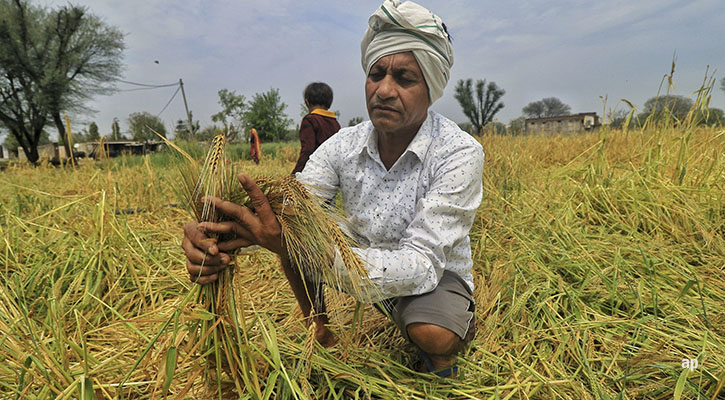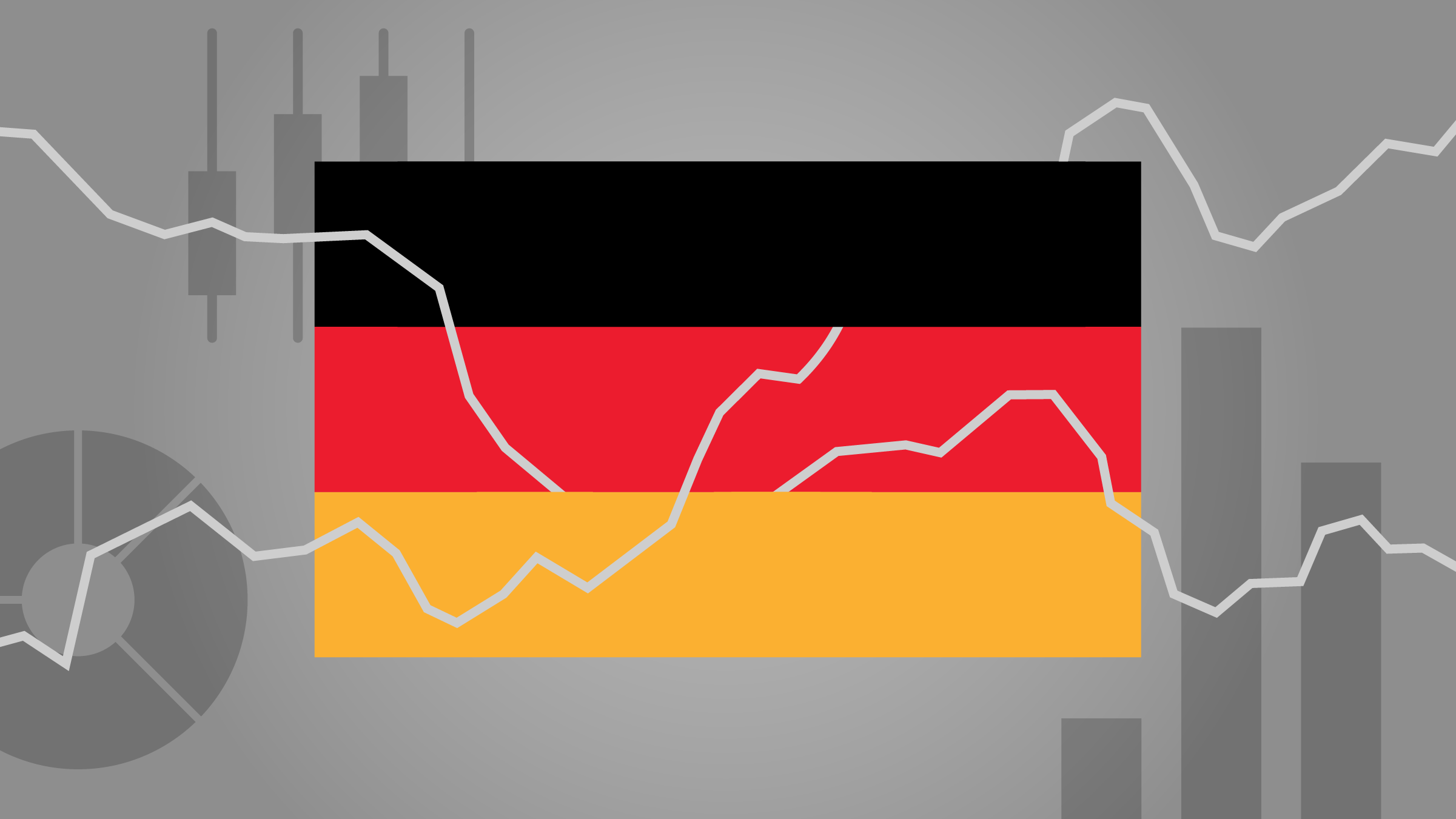The fund does not invest directly in commodities but uses shares to gain exposure to the different markets. The investment strategy combines two different sets of analysis done simultaneously. Mr Hambro and his colleagues investigate a firm’s mining operations, its management team and its financial situation. They also look at the impact of a variety of different commodity prices on the forecast for that company.
At the same time the team forms a view on the outlook for the various commodit
ies which is driven by global supply and demand. This research is then combined with the company analysis. For example, if Mr Hambro likes the outlook for nickel he will look at the firms he could invest in to get exposure to the metal. However, he will only buy shares if the individual company outlook is also positive.
This fund, which has more over $1.4 billion (£773m) in assets, has had spectacular returns over the past five years in both absolute and relative terms. However, investors should be aware that the fund is extremely volatile and invests in a specialised part of the market. This is largely because of the volatility in the prices of the underlying commodities in its sector.
The fund’s exposure to gold, which had been about a quarter of the portfolio, had fallen to about 16% as of the beginning of December. This reduction did not reflect concerns about the price of gold which has soared to over $400 an ounce. Rather the team, which had made a significant amount of money from its gold investments, decided to take some profits and reallocate that money to base metal investments with relatively stronger outlooks. The gold investments that remain are the higher beta shares which means they react strongly to movements in the gold price.
China’s rising consumption of commodities is currently a big theme in the fund. In previous decades China was not really included when demand was calculated. Now it is the biggest consumer of copper, iron ore and steel.
The fund usually has between 35 and 45 holdings although with an increasing fund size this number has risen to about 60 lately. Investments in smaller companies, where the overall stake is kept low, are partly responsible. Mr Hambro expects consolidation within the industry to help him move back towards his normal range.






























